A Poignant WW1 & WW2 Father & Son (Son K.I.A when H.M.S. Neptune was sunk) Family Medal Groups to Pte H.T. Mead 8th Border Regiment and D/JX 212312 R.H. Mead, Royal Navy (1488) Now with new research
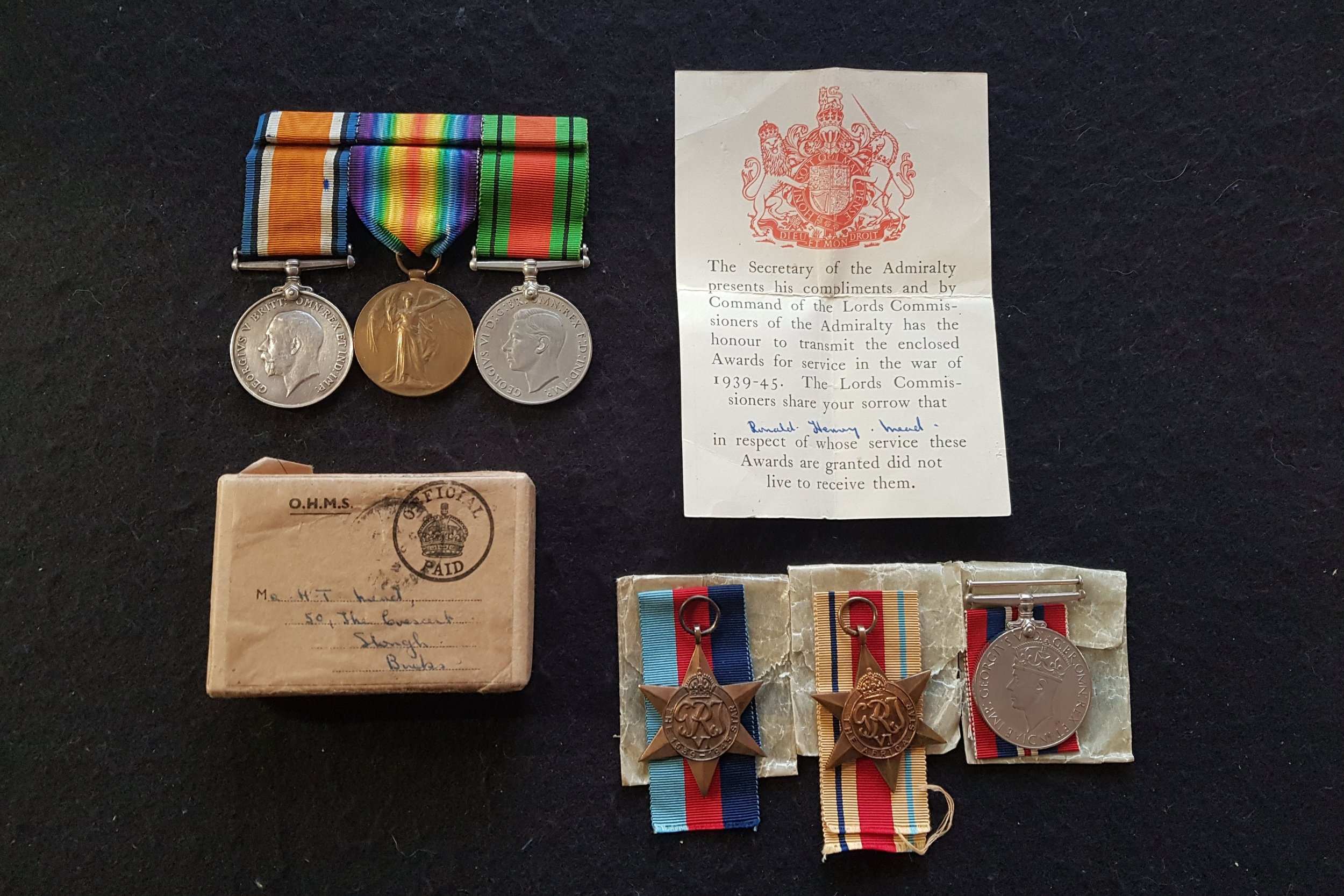
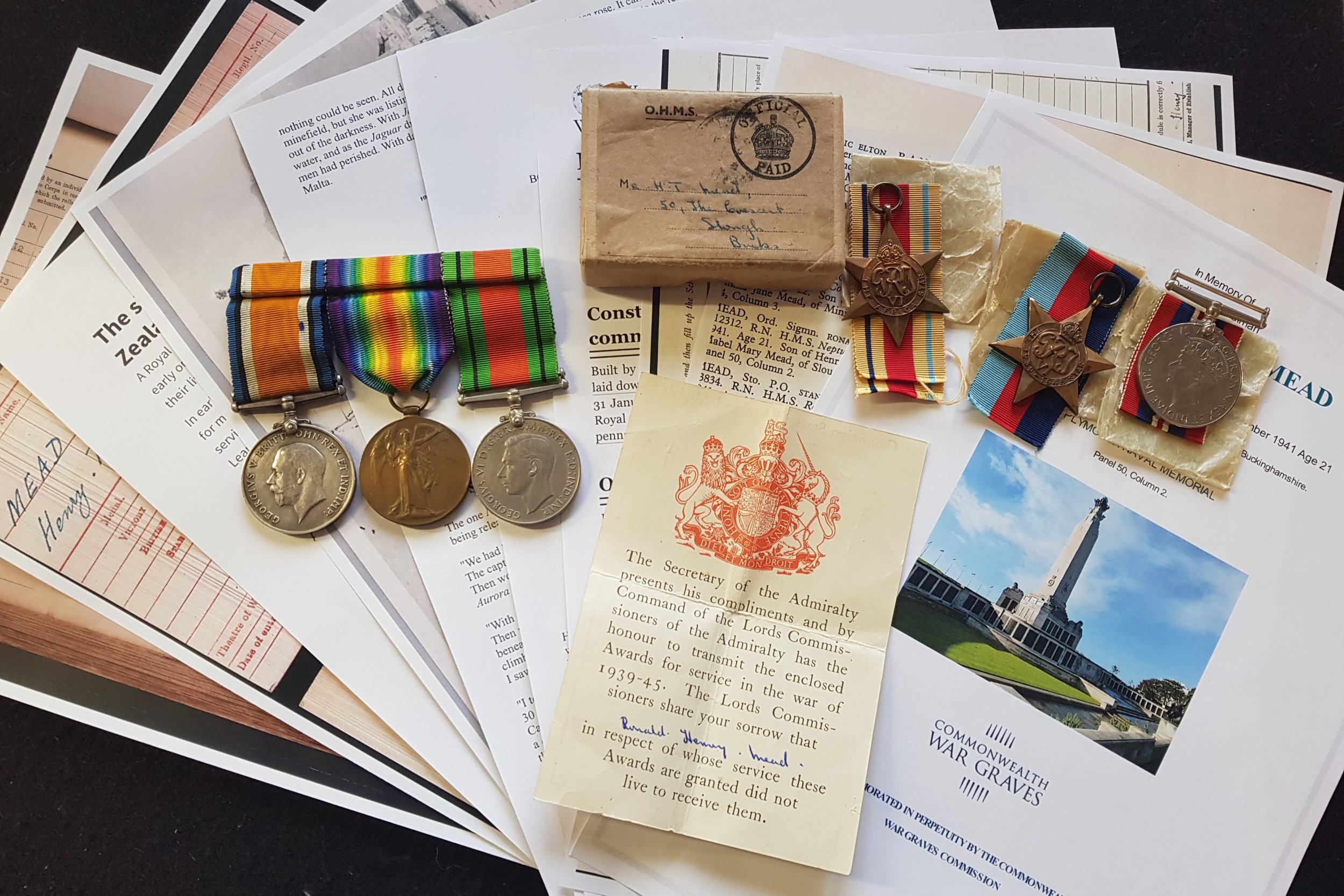

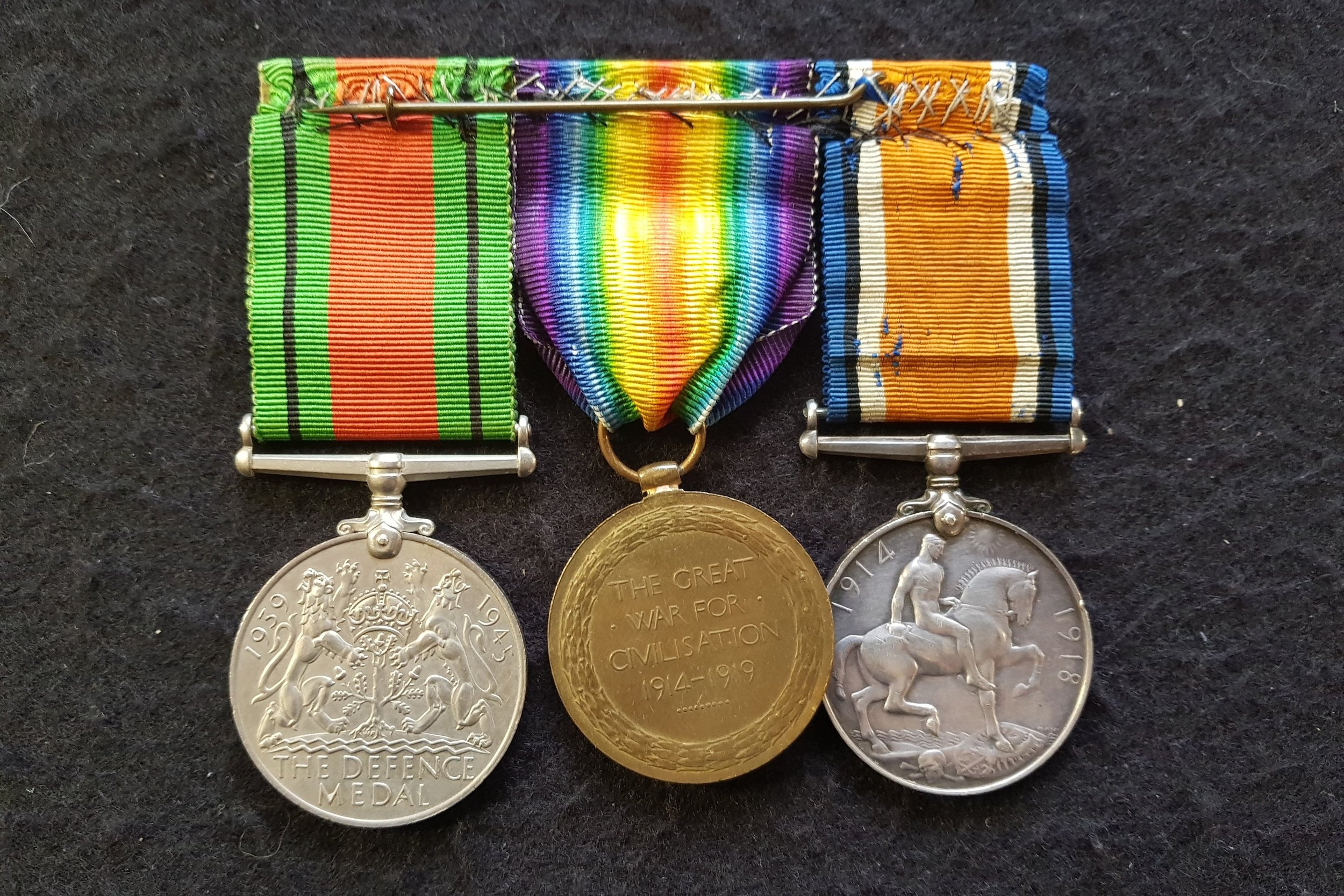
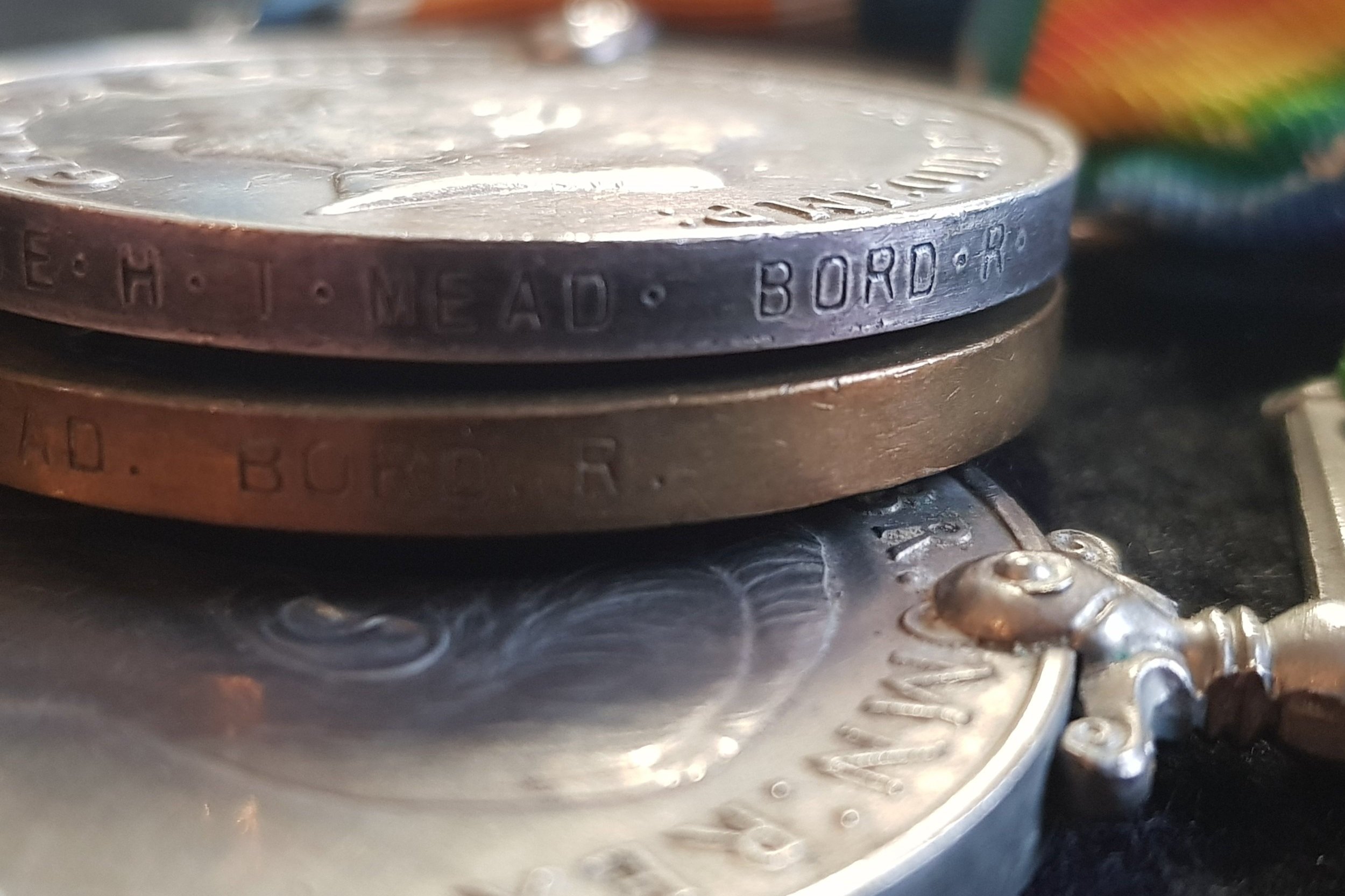
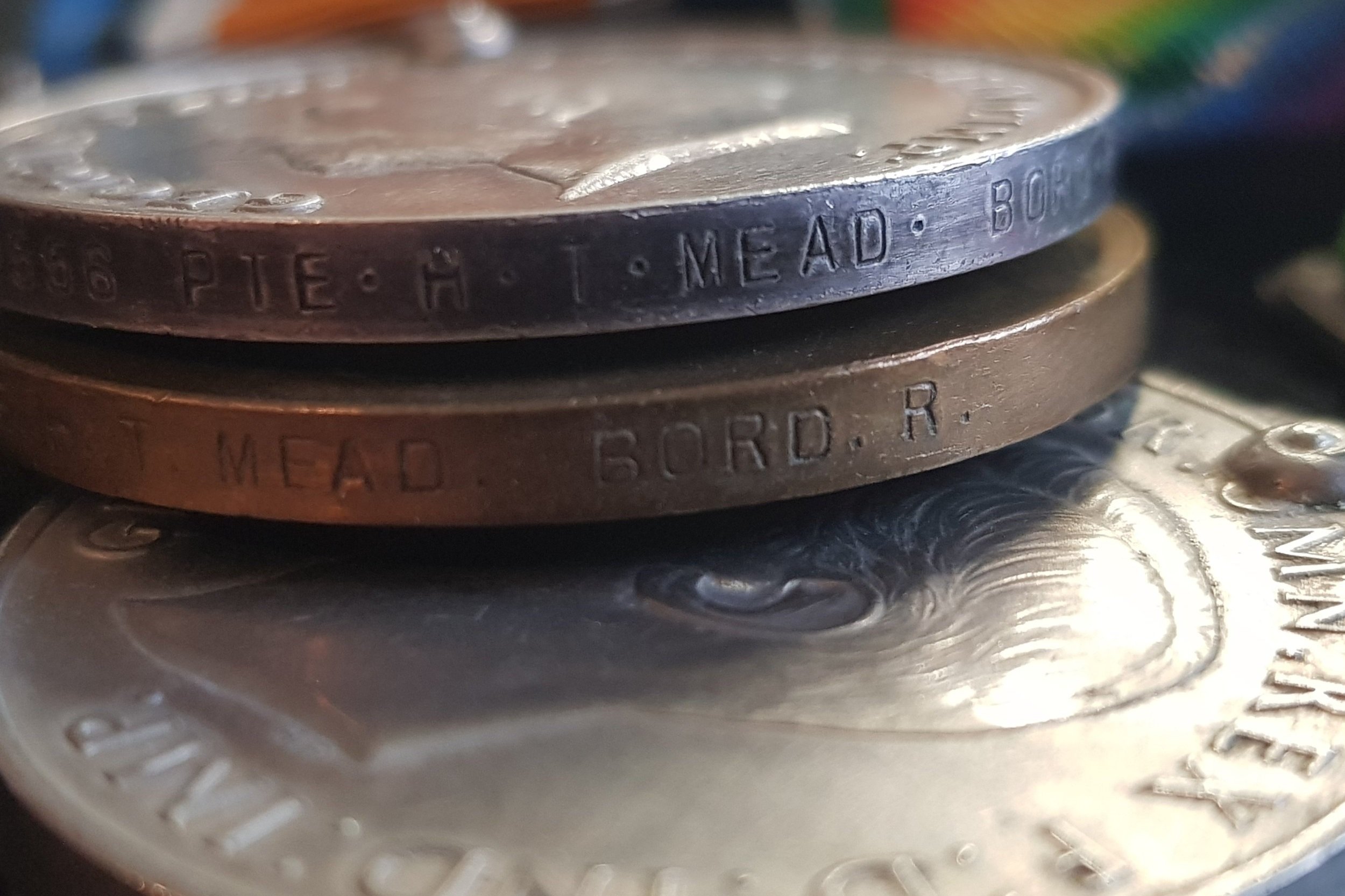
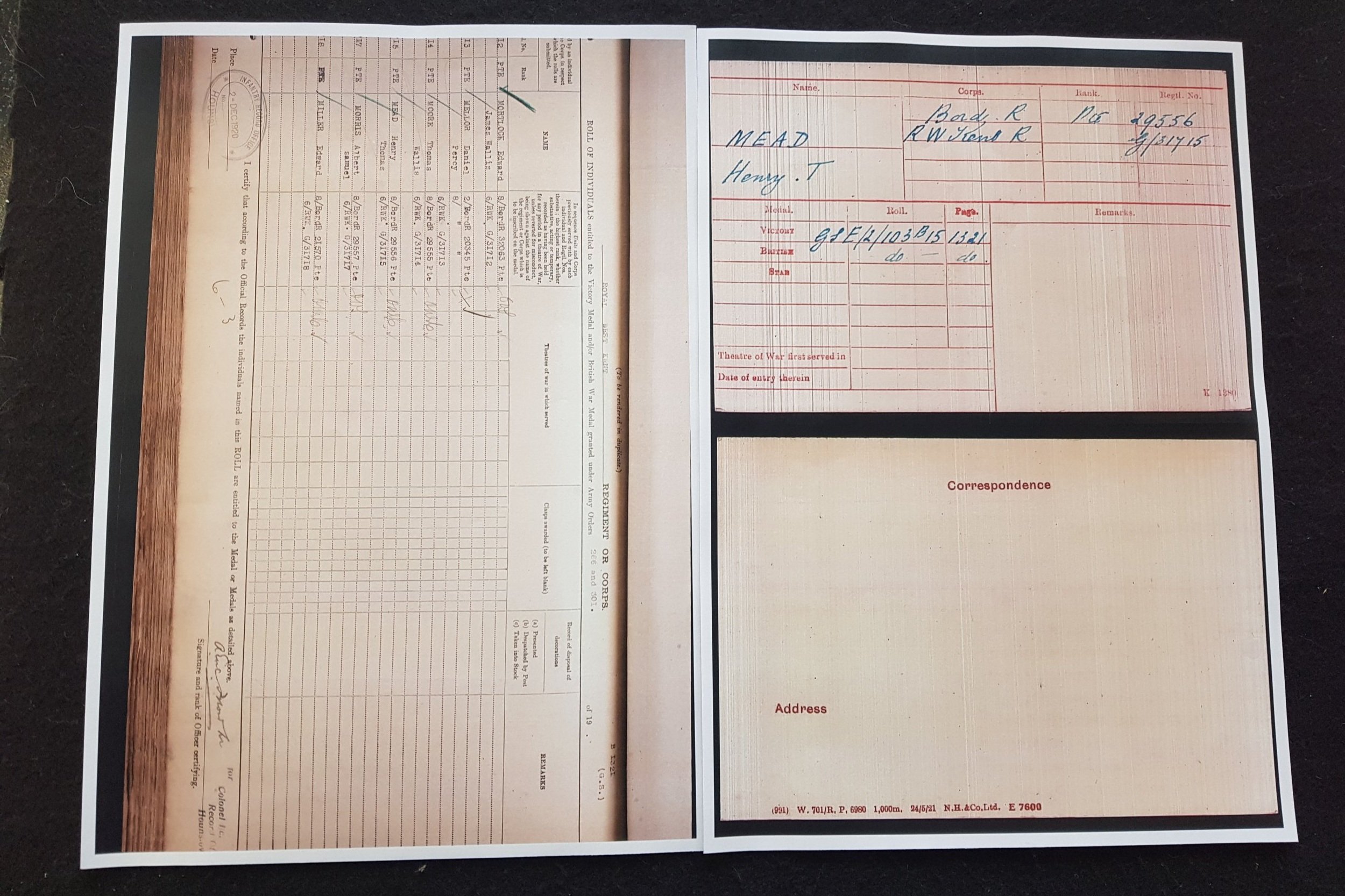
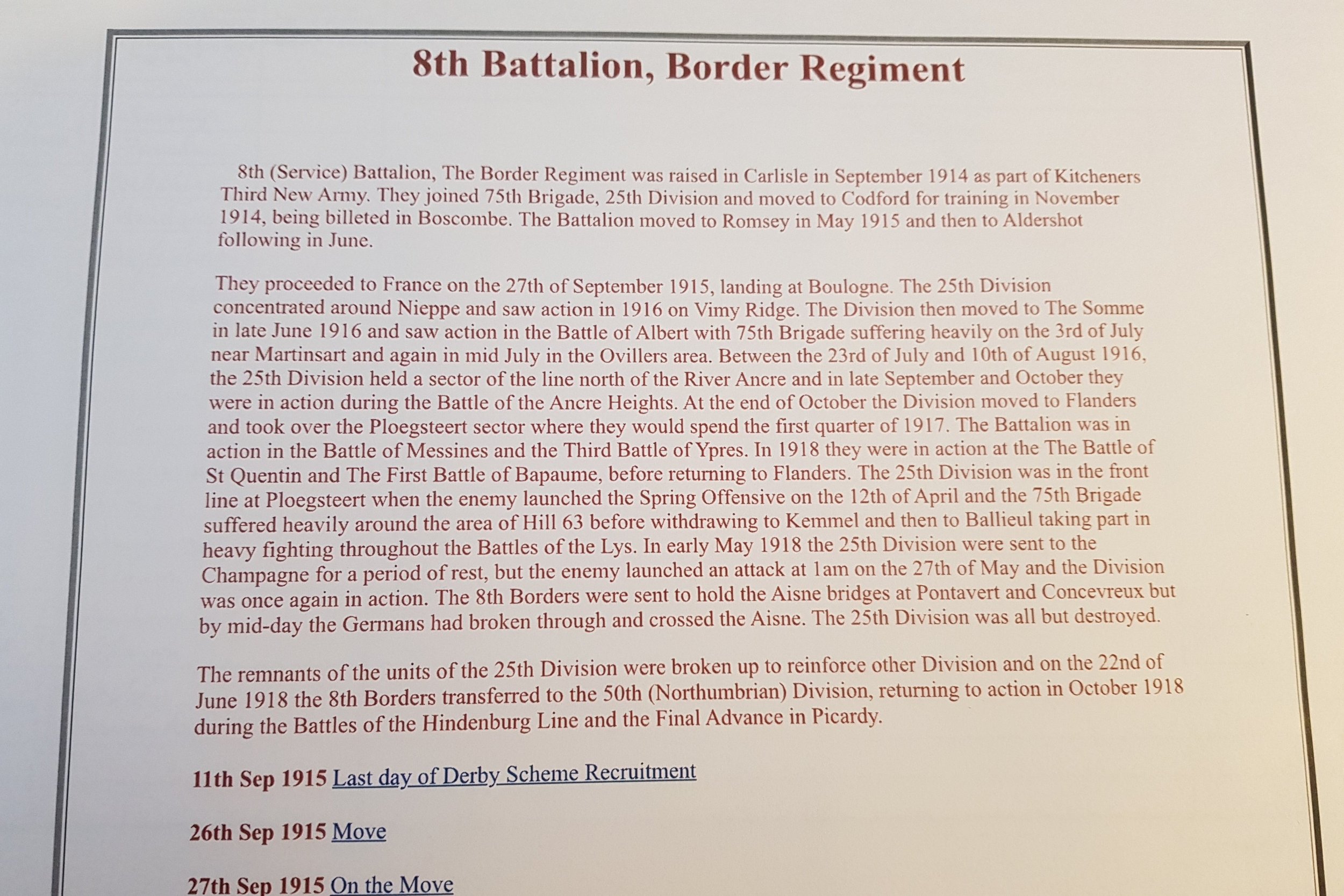
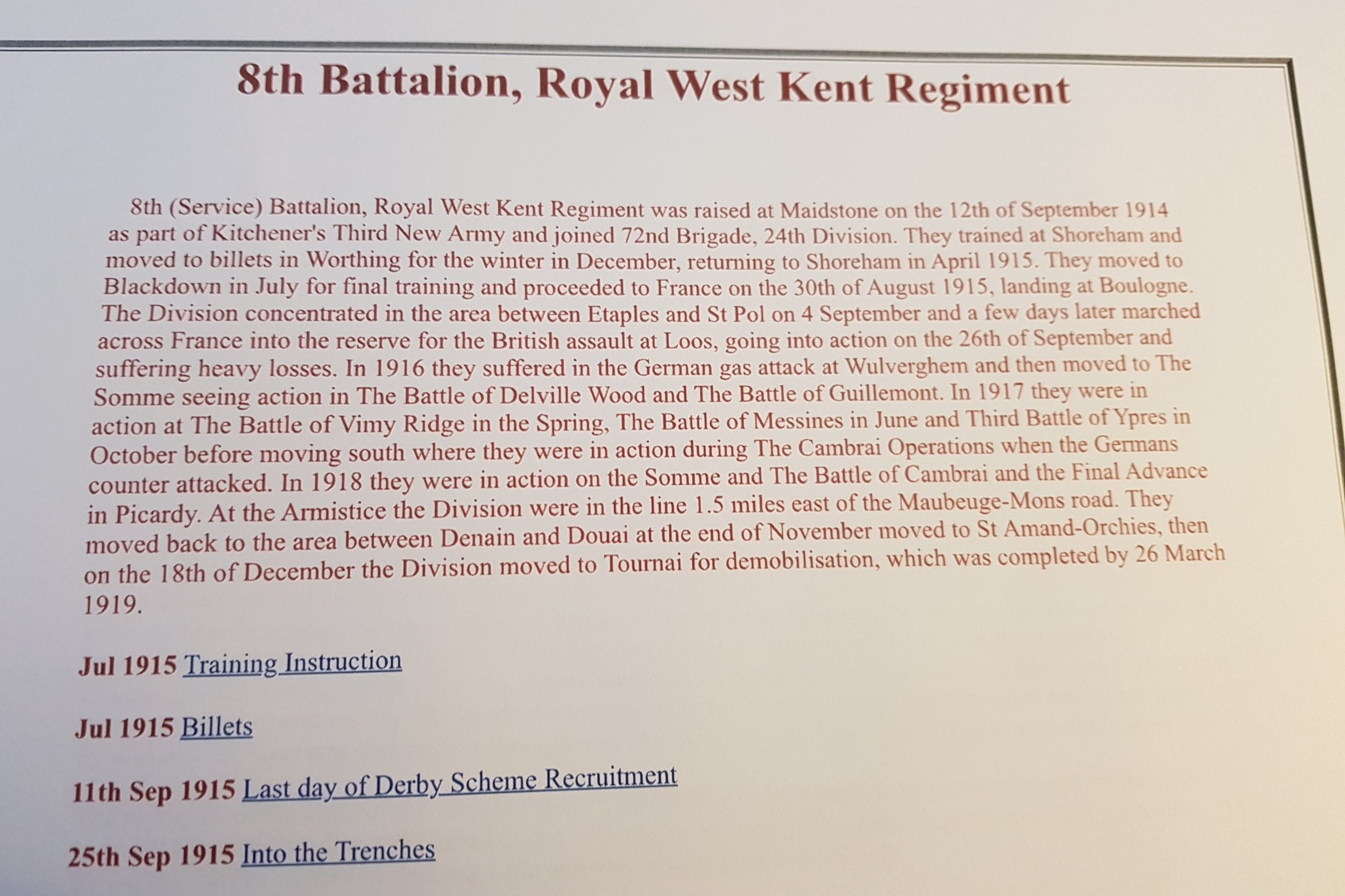


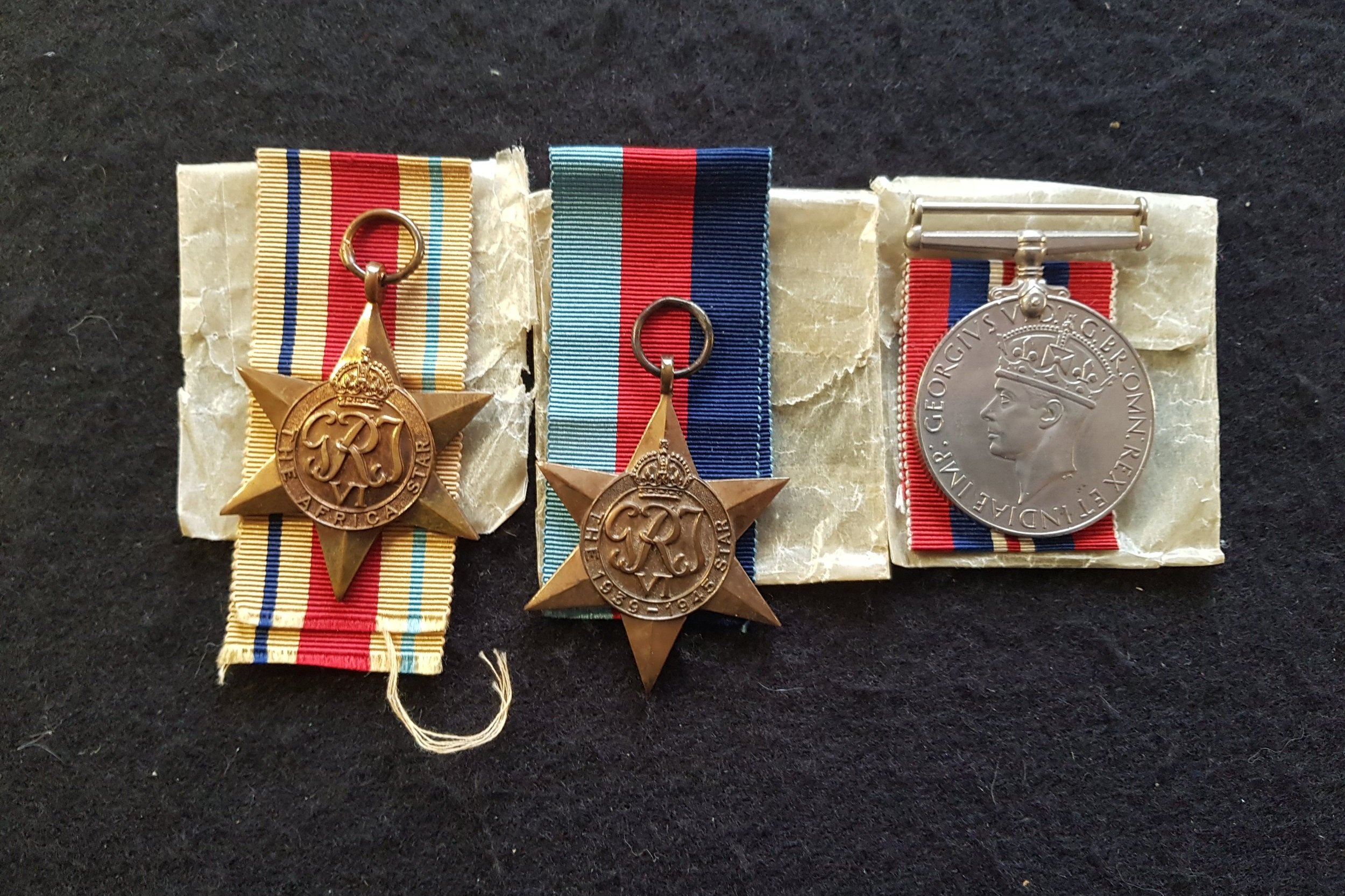
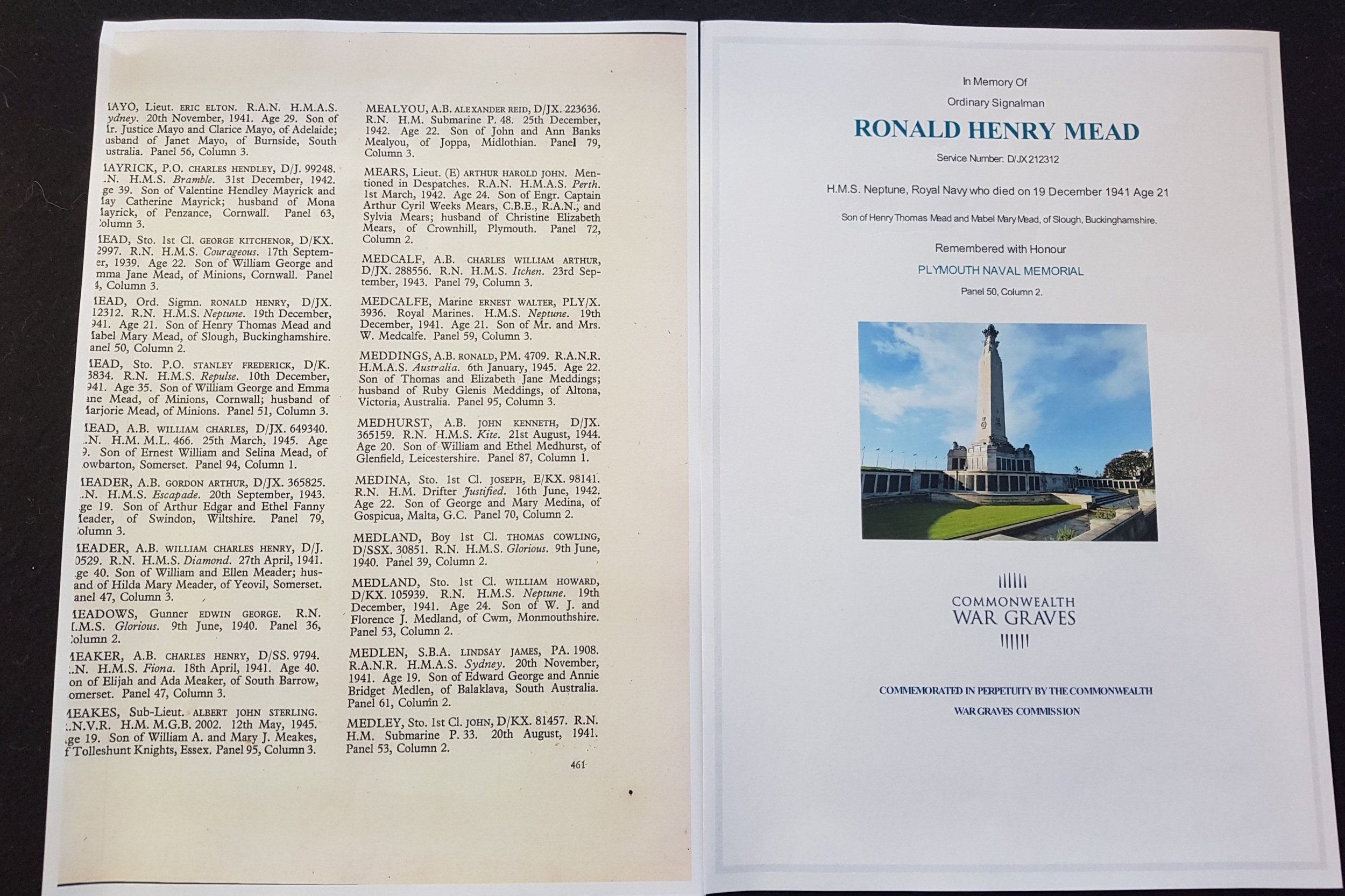
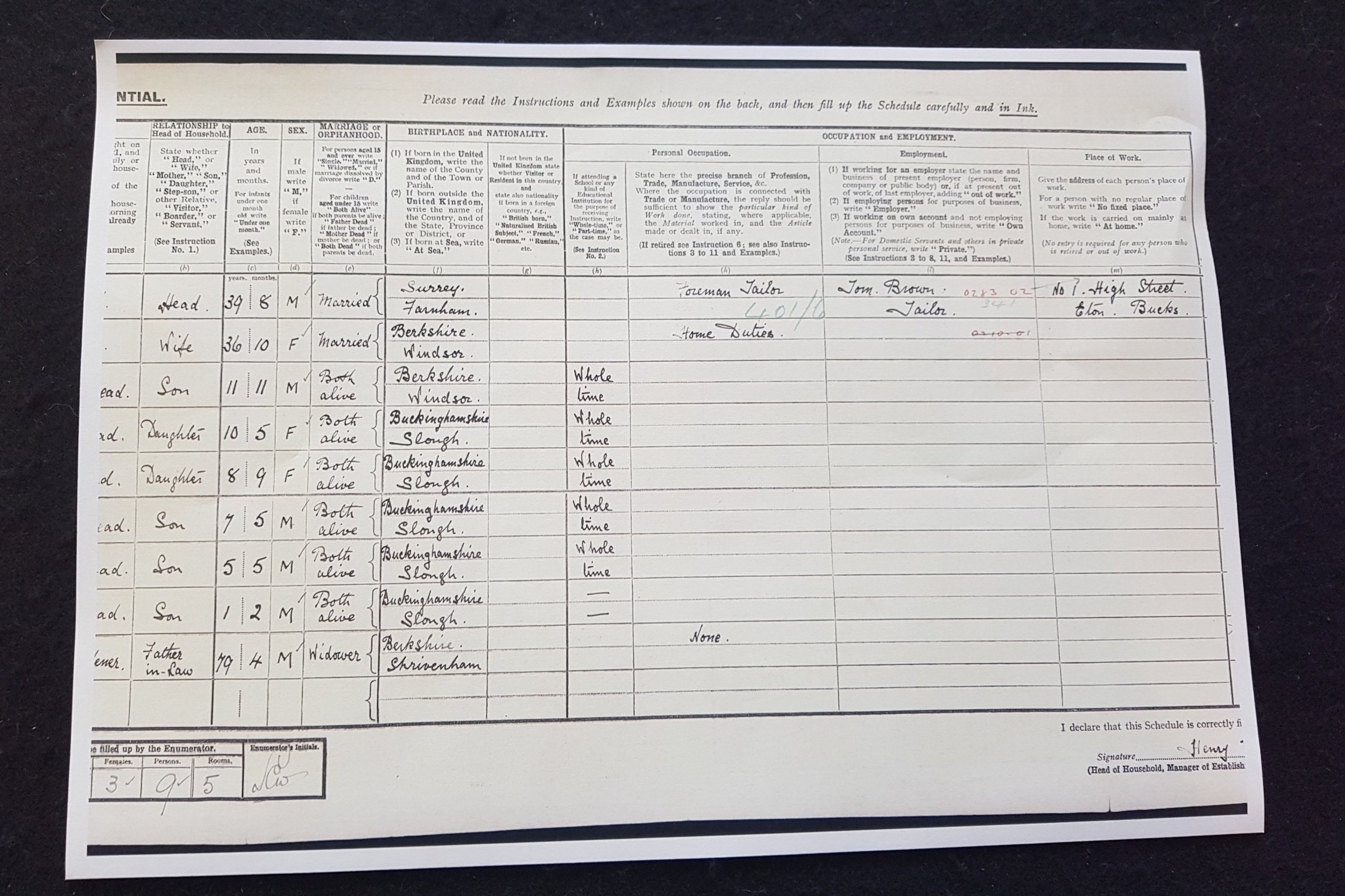

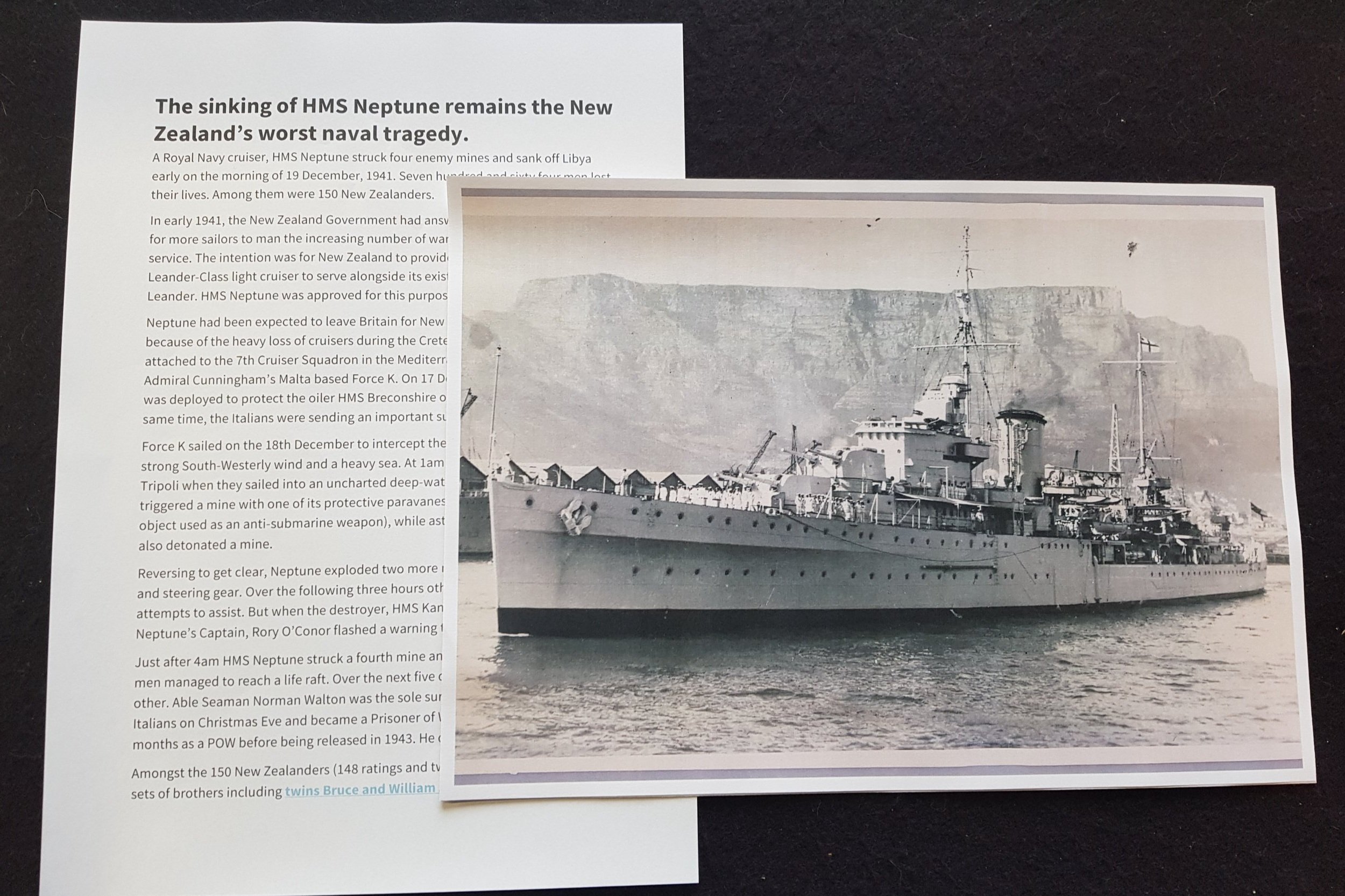
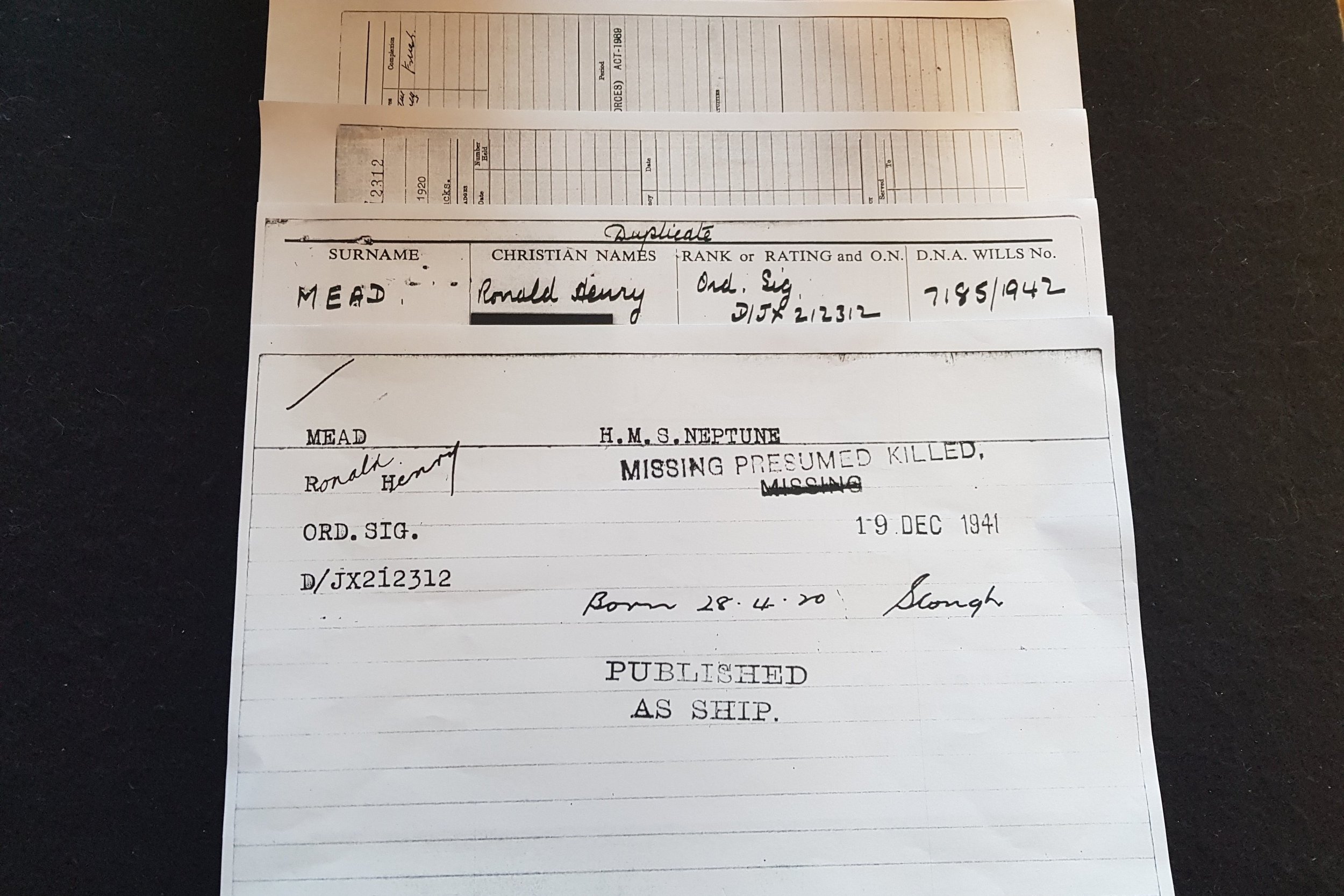
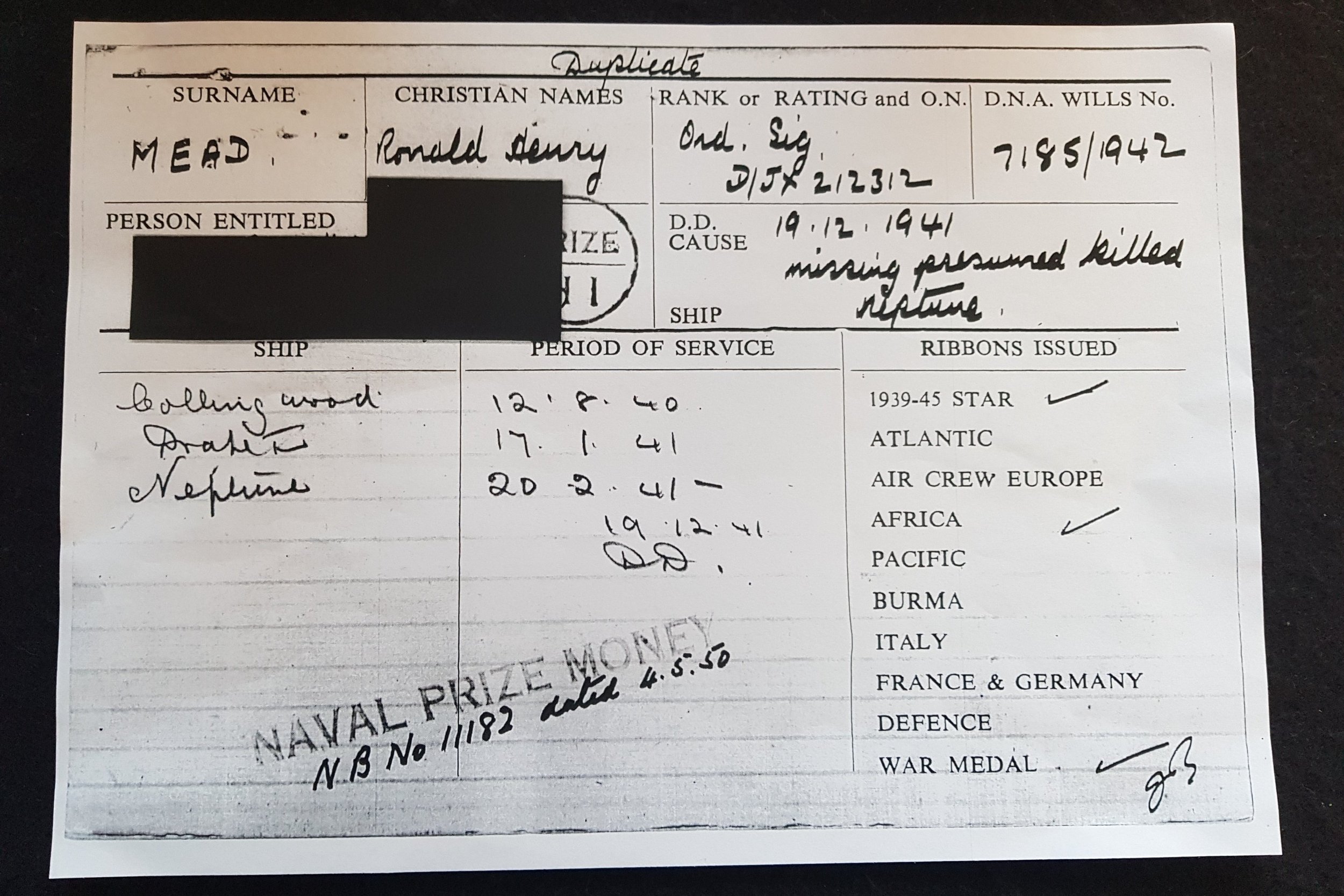


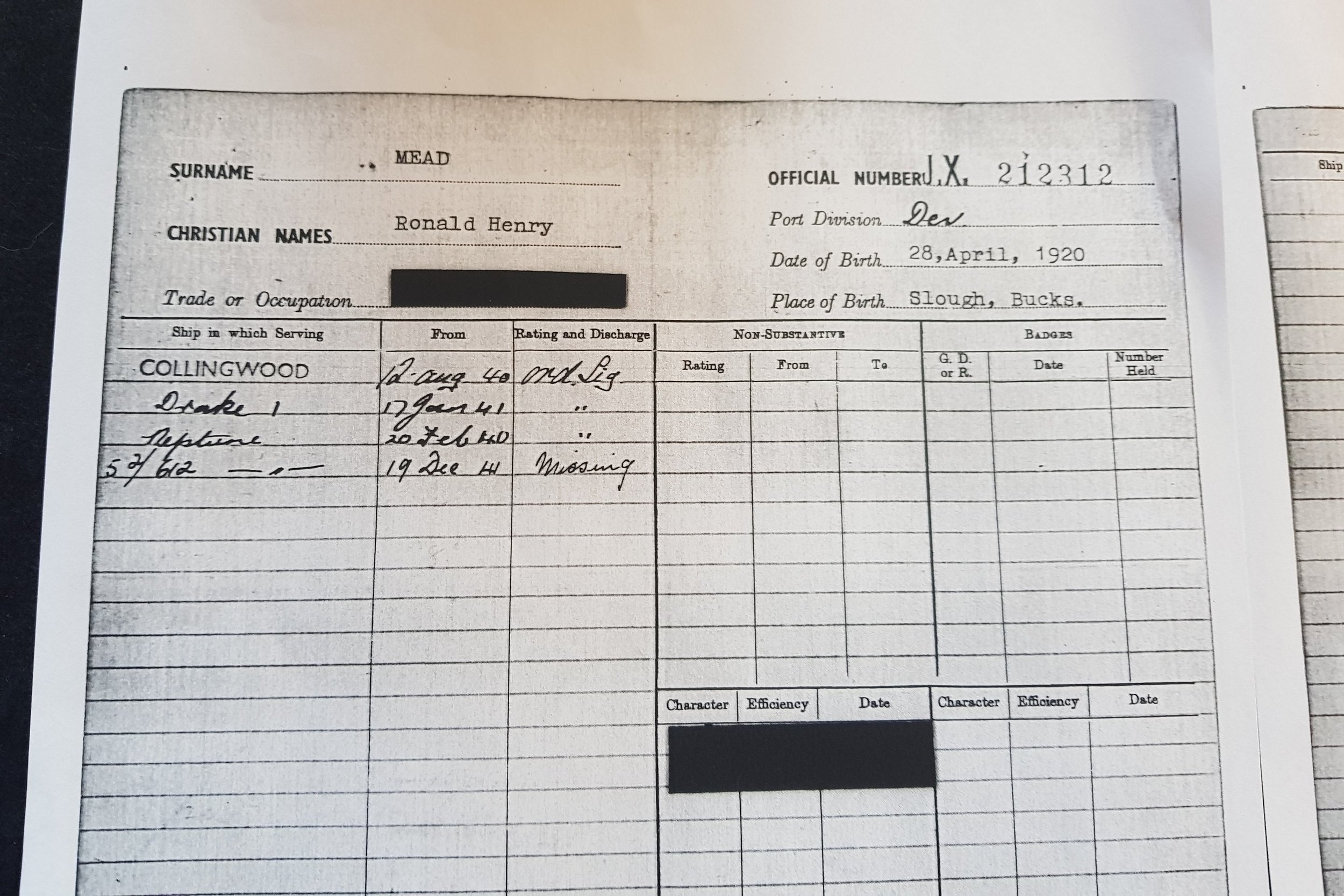
A Poignant WW1 & WW2 Father & Son (Son K.I.A when H.M.S. Neptune was sunk) Family Medal Groups to Pte H.T. Mead 8th Border Regiment and D/JX 212312 R.H. Mead, Royal Navy (1488) Now with new research
A Poignant WW1 & WW2 Father & Son (Son K.I.A when H.M.S. Neptune was sunk) Family Medal Groups awarded to Pte H.T. Mead 8th Border Regiment and D/JX 212312 R.H. Mead, Royal Navy -Now with Ron’s WW2 service records
Henry Thomas Mead was born during 1872 at Farnham, Surrey. He worked as a Foreman Tailor prior to joining the ranks of the Border Regiment, where he served on the Western Front with the 8th Battalion (service number 29556), before transferring to the 8th Battalion the Royal West Kent Regiment. We have no way of knowing when he joined the Border Regiment and then the R.W.K. Regiment. The 8th Border Regiment saw a lot of action during 1916, 1917 and 1918, as did the 8th R.W.K. Regiment.
Ronald Henry Mead was born on the 28th of April, 1920, at Slough, Berkshire, and prior to the outbreak of WW2, he worked as Solicitors Clerk. Despite being Killed in Action, Ronalds service records do not appear to be available online, so we have no idea as to when he first joined the ranks of the Royal Navy and any other ships/shore establishments he served with prior to his death on the 19th of December 1941.
During World War II, Neptune operated with a crew drawn predominantly from the New Zealand Division of the Royal Navy. The ship also carried a large contingent of seconded South African personnel.
Recently acquired copies of Ronald’s service records show that he served at H.M.S. Collingwood from 12.08.1940, H.M.S. Drake from 17.01.41, and then H.M.S. Netune from 19.12.41
In December 1939, several months after war was declared, Neptune was patrolling in the South Atlantic in pursuit of German surface raider Admiral Graf Spee. Neptune, with other patrolling Royal Navy heavy units, was sent to Uruguay in the aftermath of the Battle of the River Plate. However, she was still in transit when the Germans scuttled Graf Spee off Montevideo on 17 December.
Neptune was the first British ship to spot the Italian Fleet in the Battle of Calabria, on 9 July 1940, marking also the first time since the Napoleonic War that the Mediterranean Fleet received the signal "enemy battle fleet in sight”. During the subsequent engagement, she was hit by the Italian Light Cruiser Giuseppe. The 6-inch shell splinters struck the aircraft catapult and damaged her floatplane beyond repair, its wreckage being thrown into the sea. Minutes later, Neptune's main guns scored three hits on the Heavy Cruiser Bolzano, inflicting some damage on her torpedo room, below the waterline and the "B" turret During 1941, she led Force K, a raiding squadron of cruisers. Their task was to intercept and destroy German and Italian convoys en route to Libya. The convoys were supplying Rommel’s Afrika Corps in North Africa with troops and equipment.
Force K was sent out on 18 December 1941, to intercept a convoy bound for Tripoli, right after the brief fleet engagement at sunset known as the First Battle of Sirte.
On the night of 19–20 December, Neptune, leading the line, struck two mines, part of an Italian minefield laid by an Italian cruiser force in June 1941. The first struck the anti-mine screen, causing no damage. The second struck the bow hull. The other cruisers present, Aurora and Penelope also struck mines.
While reversing out of the minefield, Neptune struck a third mine, which took off her propellers and left her dead in the water. Aurora was unable to render assistance as she was already down to 10 knots (19 km/h) and needed to turn back to Malta. Penelope was also unable to assist.
The destroyers Kandahar and Lively were sent into the minefield to attempt a tow. The former struck a mine and began drifting. Neptune then signalled for Lively to keep clear. Kandahar was later evacuated and scuttled with a torpedo by the destroyer Jaguar, to prevent her capture.
Neptune hit a fourth mine and quickly capsized, killing 737 crew members. Initially some 30 others survived the sinking, but they also died of wounds and exposure in the subsequent days. As a result, only one was still alive when their Carley Float was picked up five days later by the Italian torpedo boat Generale Achille Papa. The sole survivor, Norman Walton, spent 15 months in an Italian prisoner of war camp. In 1991, Walton travelled to the small city of Nelson, New Zealand, to unveil a memorial to Neptune. Of the 764 that perished, 150 were New Zealand sailors, including four from Nelson. A memorial service to Neptune and her crew is held each year in Nelson.
Ronald was one of the 764 crew who perished.
Henry Meads medals are mounted as worn, Ronald Meads medals are in their original greased envelopes, named condolence slip, and O.H.M.S. box named to his father. Both groups are sold with copied research and are as follows -
British War & Victory Medals, 29556 PTE. H.T. MEAD. BORD.R.; 1939/45 Defence Medal, unnamed as issued
Condition, very fine + - No 1914/15 Star entitlement
1939/45 Star; Africa Star; 1939/45 War Medal, all unnamed as issued.
Condition, extremely fine